Smooth-pursuit performance during eye-typing from memory indicates mental fatigue
DOI:
https://doi.org/10.16910/jemr.15.4.2Keywords:
mental fatigue, smooth-pursuit, eye-tracking, text entry, time-on-task, time of day, attentionAbstract
Mental fatigue is known to occur as a result of activities related to e.g. transportation, health-care and military operations. Gaze tracking has wide-ranging applications, with the technology becoming more compact and processing power reducing. Though numerous techniques have been applied to measure mental fatigue using gaze tracking, smooth-pursuit movement, a natural eye movement generated when following a moving object with gaze, has not been explored with relation to mental fatigue. In this paper, we report the results from a smooth-pursuit movement based eye-typing experiment with varying task difficulty to generate cognitive load, performed in the morning and afternoon by 36 participants. We have investigated the effects of time-on-task and time of day on mental fatigue using self-reported questionnaires and smooth-pursuit performance, extracted from the gaze data. The self-reported mental fatigue increased due to time-on-task, but the time of day did not have an effect. The results illustrate that smooth-pursuit movement performance declined with time-on-task, with increased error in the gaze position and an inability to match the speed of the moving object. The findings exhibit the feasibility of mental fatigue detection using smooth-pursuit movements during an eye-interactive task of eye-typing.






